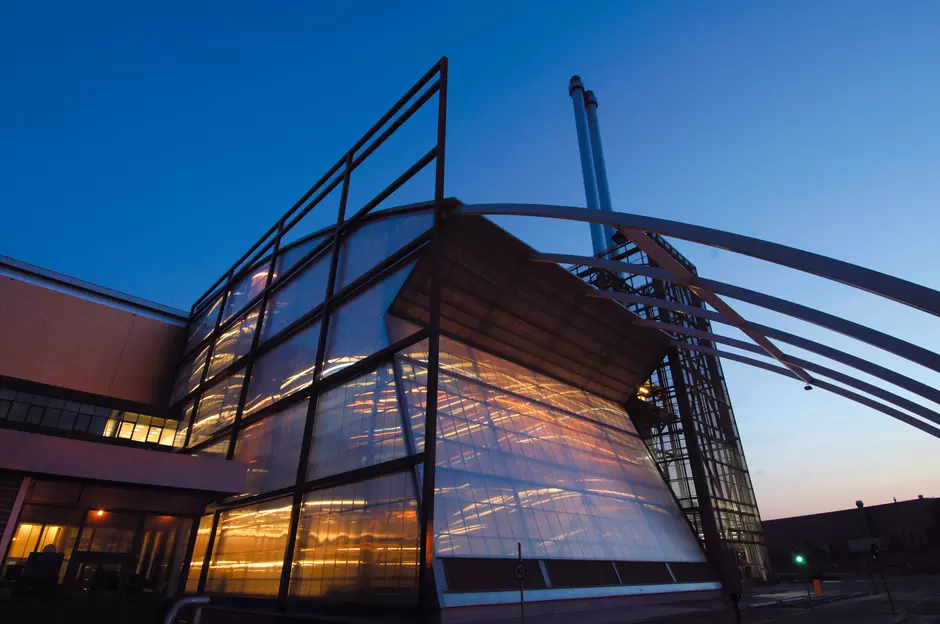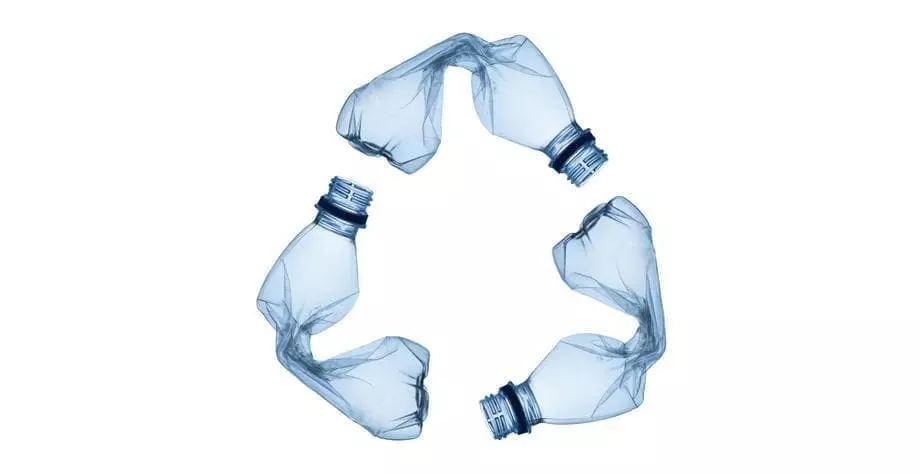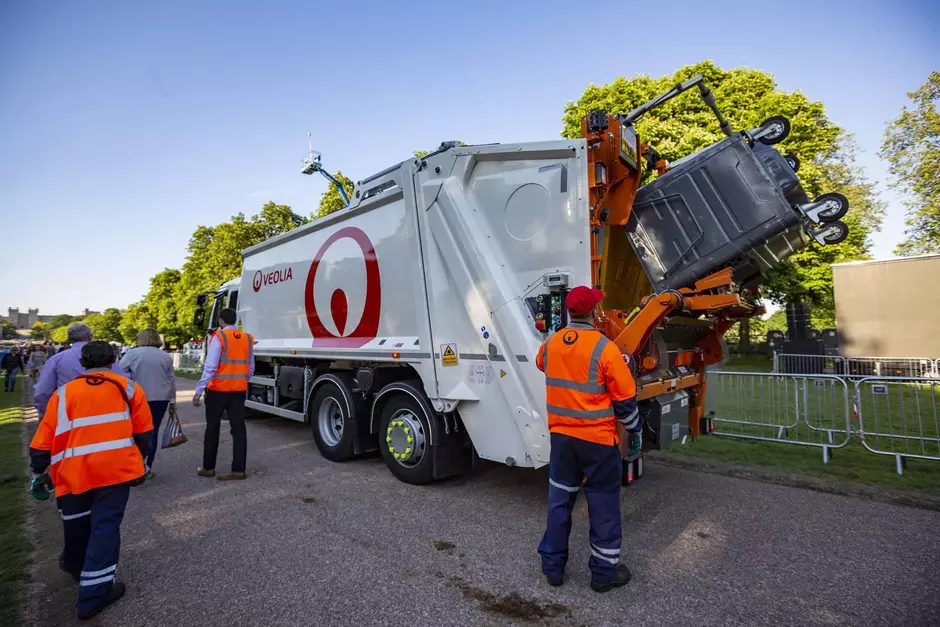Introduction of new refuse derived fuel tax set to impact businesses throughout the UK and Ireland.
Sweden is amongst one of the world's top recyclers, so much so it has created an industry from releasing the revenue locked in waste. This creates a staggering 100 million USD annually and reduces its carbon dioxide emissions by 2.2 million tonnes a year*.
Viewing waste as a resource in this way isn’t a trend that looks likely to change. In the same way that the Landfill tax in the UK drove up recycling rates, improved environmental performance and drove waste from landfill. The introduction of taxes on refuse derived fuel will not just collect revenue for the treasury of Sweden it is also aimed to drive ever-greater segregation of recyclable waste material from resource.
The Dutch government are also seeking to implement a similar legislation in 2020 which will inevitably increase costs for waste solutions dependant on RDF as an output.
An opportunity for businesses
Businesses willing to embrace the circular economy are able to leverage value from waste, whilst displaying their commitment to the environment to consumers, and energy recovery is only a single part of the bigger picture.
Working with a waste management provider that understands the waste hierarchy with access to the supporting infrastructure can implement strategies at each stage of that hierarchy, helping your business achieve circularity.
The overarching objective of any waste strategy is to first reduce the amount of waste generated before working to improve recycling rates. Throughout this process, it is also key to provide those businesses access to circular solutions, which might include creating energy sources from waste (EfW), when every possible prior effort has been made to extract those recyclates.
Veolia’s investment in Infrastructure helps protect our customer’s pockets
To achieve the best results from our integrated approach to waste management, Veolia have invested in a nationwide infrastructure to support our recycling, collection, treatment, recovery and disposal activities.
Our eleven Energy from Waste facilities currently:
- Have an annual capacity of over 2.5 million tonnes (excluding Hertfordshire)
- Export 1,208,054 MWh of electricity and 142,126 MWh of heat
-
Power the equivalent of over 350k homes
What does this mean for you:
RDF taxes will increase the cost of waste treatment for organizations without access to UK infrastructure with the likelihood of such increases being passed to the waste producer.
Our friendly team are here to help, please get in touch with us if you have any questions.
Find answers below to some frequently asked questions regarding green energy generating from waste:
Where does waste used in Energy from Waste (EfW) facilities, come from?
Residual waste or refuse-derived fuel can come from a variety of sources, including a local authority, commercial or industrial customers after every effort is made to extract recyclates.
When an Energy from Waste facility has generated energy, where does it go?
The specifics depends on the facility itself, but often the green electricity generated is supplied back to the National Grid.
What type of waste can be burnt in an Energy from Waste facility?
Typically solid waste generated by businesses, local authorities and industries that can’t be recycled are incinerated, this is after ensuring that all recyclable materials are separated and sent to other infrastructure for processing.
How does an Energy from Waste Facility work?
An Energy from Waste Facility is able to produce electricity from residual waste (or refuse-derived fuel), by safely incinerating that waste to create steam, which turns turbines to create electricity.
Is Energy from waste safe?
Yes, our ERFs are constructed and operate within the highest standards of environmental care, meeting or exceeding emissions legislation.
Further, each Veolia Energy from Waste facility publishes regular emissions to air data, displaying our commitment to monitoring emissions.
What is the waste hierarchy?
The waste hierarchy prioritises the efficient use of resources which underpins the objectives of the Waste Avoidance and Resource Recovery Act 2001. This act aims to reduce the amount of waste generated by households, industry and all levels of government.
This is covered by the five r’s: Reduce, Reuse, Recycle, Recover and Residual management.
What does RDF stand for?
RDF stands for refuse-derived waste, typically derived from local authority, commercial or industrial customers after every effort is made to extract recyclates.
Our infrastructure
To achieve the best results from our integrated approach to waste management, we have invested in a nationwide infrastructure.
Business Waste Collection
By choosing Veolia for your commercial waste collection, you are not only choosing the best solution for your businesses waste removal, but also the environment.
References:
-
https://www.blueoceanstrategy.com/blog/trash-treasure-sweden-recycling-revolution/*
-
https://www.letsrecycle.com/news/latest-news/sweden-confirms-efw-tax-from-april-2020/





